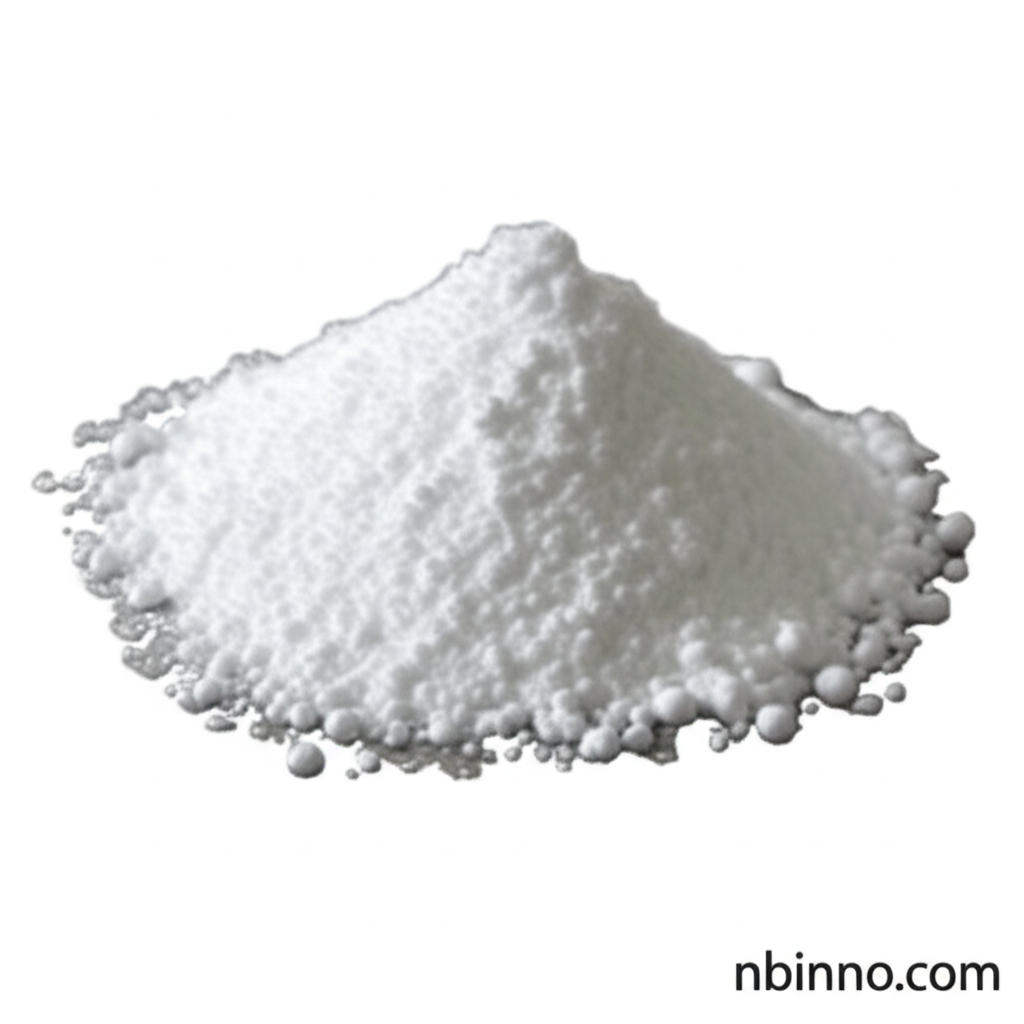Unlock Peptide Synthesis: Understanding Fmoc-3-(2-Naphthyl)-D-Alanine, its Properties, and Applications
Discover the critical role of Fmoc-3-(2-Naphthyl)-D-Alanine in modern peptide synthesis and pharmaceutical research. Learn about its unique chemical properties and its impact on developing advanced therapeutic agents.
Get a Quote & SampleProduct Core Value

Fmoc-3-(2-Naphthyl)-D-Alanine
As a leading supplier in China, we provide high-quality Fmoc-3-(2-Naphthyl)-D-Alanine, a vital Fmoc-protected amino acid derivative. Its chemical structure, featuring a naphthyl side chain, is instrumental in enhancing peptide stability and biological activity, making it a cornerstone for researchers in drug discovery and medicinal chemistry. We pride ourselves on being a reliable manufacturer in China, ensuring consistent quality for your complex peptide synthesis needs.
- This Fmoc-protected D-alanine derivative serves as a crucial intermediate in the preparation of phosphoserine-containing tetrapeptides, contributing to advancements in BRCA1 protein inhibitor development.
- Explore the synthesis of N-Fmoc-3-(2-naphthyl)-D-alanine and understand its fundamental role in modern peptide synthesis workflows.
- Leverage its unique properties for advanced organic synthesis, enabling the creation of novel biomolecules with specific functionalities.
- As a key component in chemical biology research, it facilitates the study of complex biological interactions and mechanisms.
Key Advantages Offered
Enhanced Peptide Stability
The incorporation of this Fmoc-protected amino acid derivative significantly boosts the stability of synthesized peptides, a critical factor in the development of effective peptide-based drugs and applications.
Facilitates Complex Synthesis
As a versatile building block, it simplifies the synthesis of complex peptide sequences, supporting efficient drug development pathways and chemical biology research.
Supports Therapeutic Innovation
Its role in preparing phosphoserine-containing tetrapeptides aids in the creation of novel inhibitors for proteins like BRCA1, opening avenues for innovative therapeutic strategies.
Key Applications
Peptide Synthesis
A fundamental reagent in solid-phase peptide synthesis (SPPS), enabling the controlled assembly of peptide chains. Its Fmoc protection is crucial for regioselective coupling.
Drug Development
Essential for creating peptide-based therapeutics, enhancing their stability and bioactivity, which is vital for advancing drug discovery programs and targeted therapies.
Chemical Biology
Used to investigate biological pathways and interactions, providing researchers with tools to explore complex biomolecular systems and mechanisms.
Bioconjugation
A valuable component for attaching peptides to other molecules, facilitating the development of targeted drug delivery systems and diagnostic tools.
